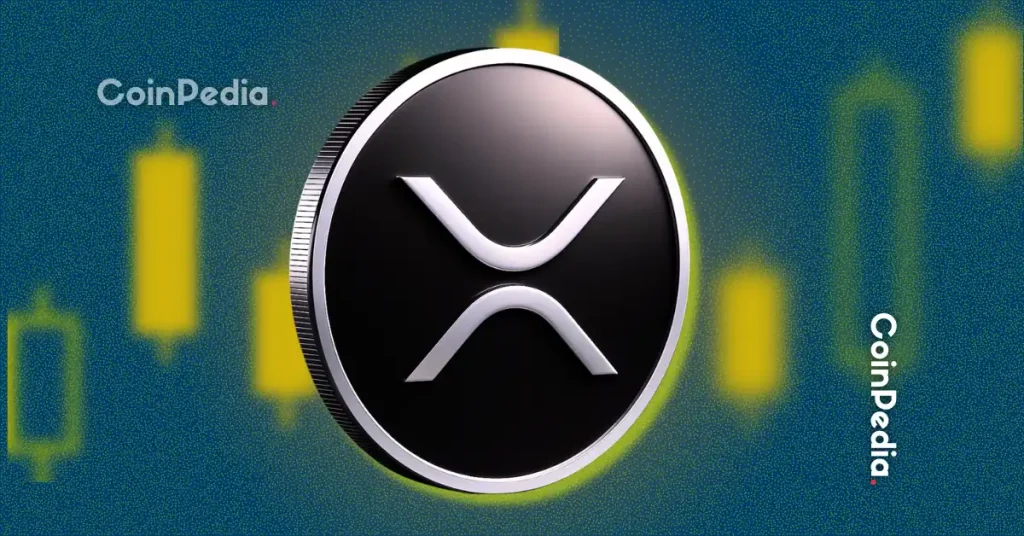GBP/USD loses ground for the fourth consecutive session, trading around 1.3380 during the Asian hours on Wednesday. The pair face challenges ahead of the United Kingdom’s (UK) Consumer Price Index (CPI) and Retail Price Index data for September.
The Pound Sterling (GBP) weakens as the UK government borrowed £7.2 billion more than expected in the first half of the fiscal year, with the budget deficit rising to £99.8 billion. This exceeded the Office for Budget Responsibility’s (OBR) £92.6 billion forecast, as debt interest payments surged 66% to £9.7 billion in September — the highest on record for the month.
The downside of the GBP/USD pair could be restrained as the US Dollar (USD) struggles amid concerns over a prolonged federal government shutdown and potential delays in key US economic data releases, including Nonfarm Payrolls (NFP), adding uncertainty for financial markets and the Federal Reserve (Fed).
The US government shutdown has entered its fourth week as the Senate on Monday failed for the 11th time to advance a House-passed measure to fund the government and end the ongoing shutdown. The 50-43 vote fell mostly along party lines. This marks the third-longest funding lapse in modern history.
A Reuters poll suggested that 115 out of 117 economists have predicted that the Fed will reduce interest rates by 25 basis points (bps) to 3.75%-4.00% in the monetary policy announcement on October 29. For the year, 83 of 117 economists expect the US Federal Reserve to cut interest rates twice, while 32 anticipate one cut.
Pound Sterling FAQs
The Pound Sterling (GBP) is the oldest currency in the world (886 AD) and the official currency of the United Kingdom. It is the fourth most traded unit for foreign exchange (FX) in the world, accounting for 12% of all transactions, averaging $630 billion a day, according to 2022 data.
Its key trading pairs are GBP/USD, also known as ‘Cable’, which accounts for 11% of FX, GBP/JPY, or the ‘Dragon’ as it is known by traders (3%), and EUR/GBP (2%). The Pound Sterling is issued by the Bank of England (BoE).
The single most important factor influencing the value of the Pound Sterling is monetary policy decided by the Bank of England. The BoE bases its decisions on whether it has achieved its primary goal of “price stability” – a steady inflation rate of around 2%. Its primary tool for achieving this is the adjustment of interest rates.
When inflation is too high, the BoE will try to rein it in by raising interest rates, making it more expensive for people and businesses to access credit. This is generally positive for GBP, as higher interest rates make the UK a more attractive place for global investors to park their money.
When inflation falls too low it is a sign economic growth is slowing. In this scenario, the BoE will consider lowering interest rates to cheapen credit so businesses will borrow more to invest in growth-generating projects.
Data releases gauge the health of the economy and can impact the value of the Pound Sterling. Indicators such as GDP, Manufacturing and Services PMIs, and employment can all influence the direction of the GBP.
A strong economy is good for Sterling. Not only does it attract more foreign investment but it may encourage the BoE to put up interest rates, which will directly strengthen GBP. Otherwise, if economic data is weak, the Pound Sterling is likely to fall.
Another significant data release for the Pound Sterling is the Trade Balance. This indicator measures the difference between what a country earns from its exports and what it spends on imports over a given period.
If a country produces highly sought-after exports, its currency will benefit purely from the extra demand created from foreign buyers seeking to purchase these goods. Therefore, a positive net Trade Balance strengthens a currency and vice versa for a negative balance.
Source: https://www.fxstreet.com/news/gbp-usd-stays-below-13400-as-uk-borrowing-exceeds-forecasts-in-h1-202510220411


